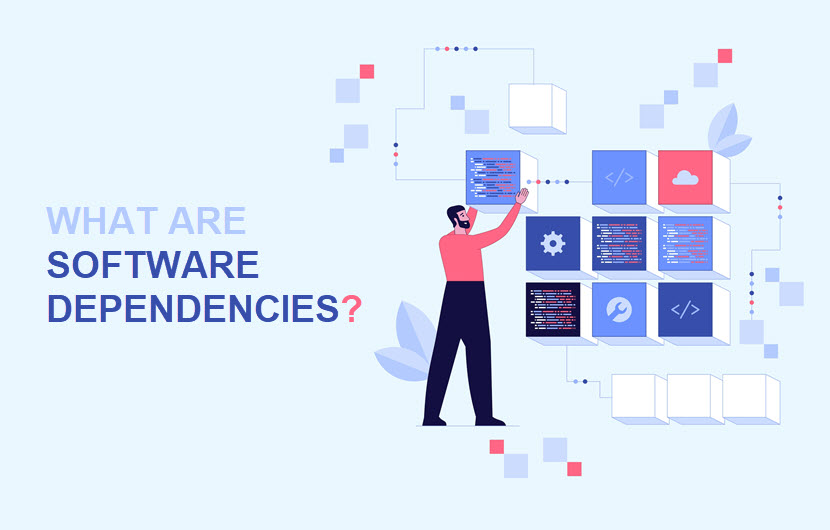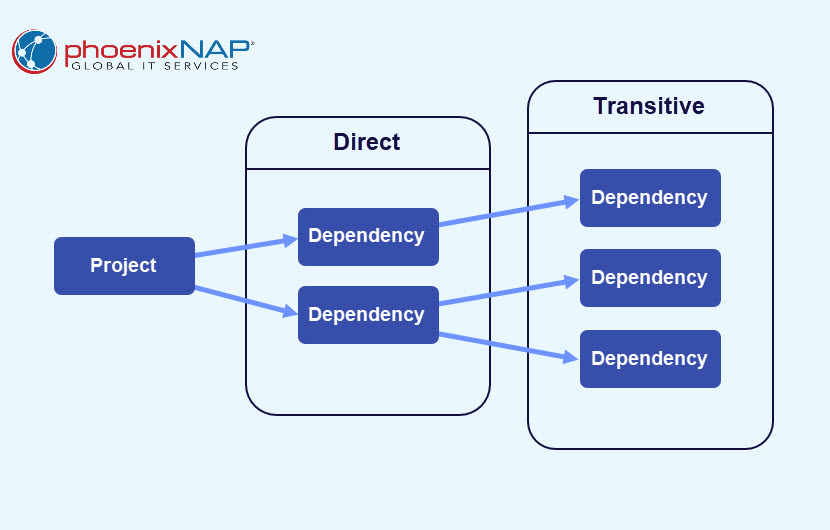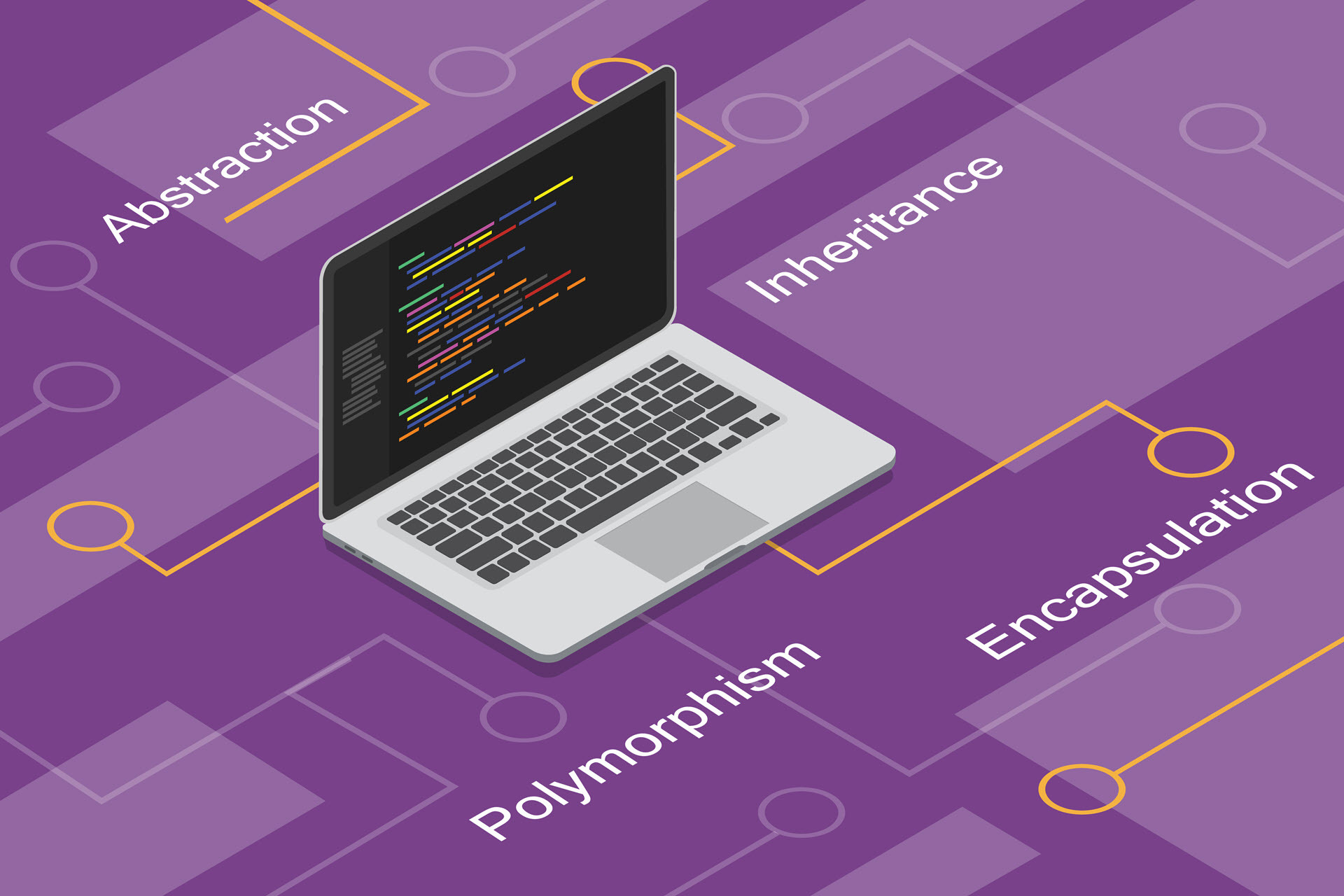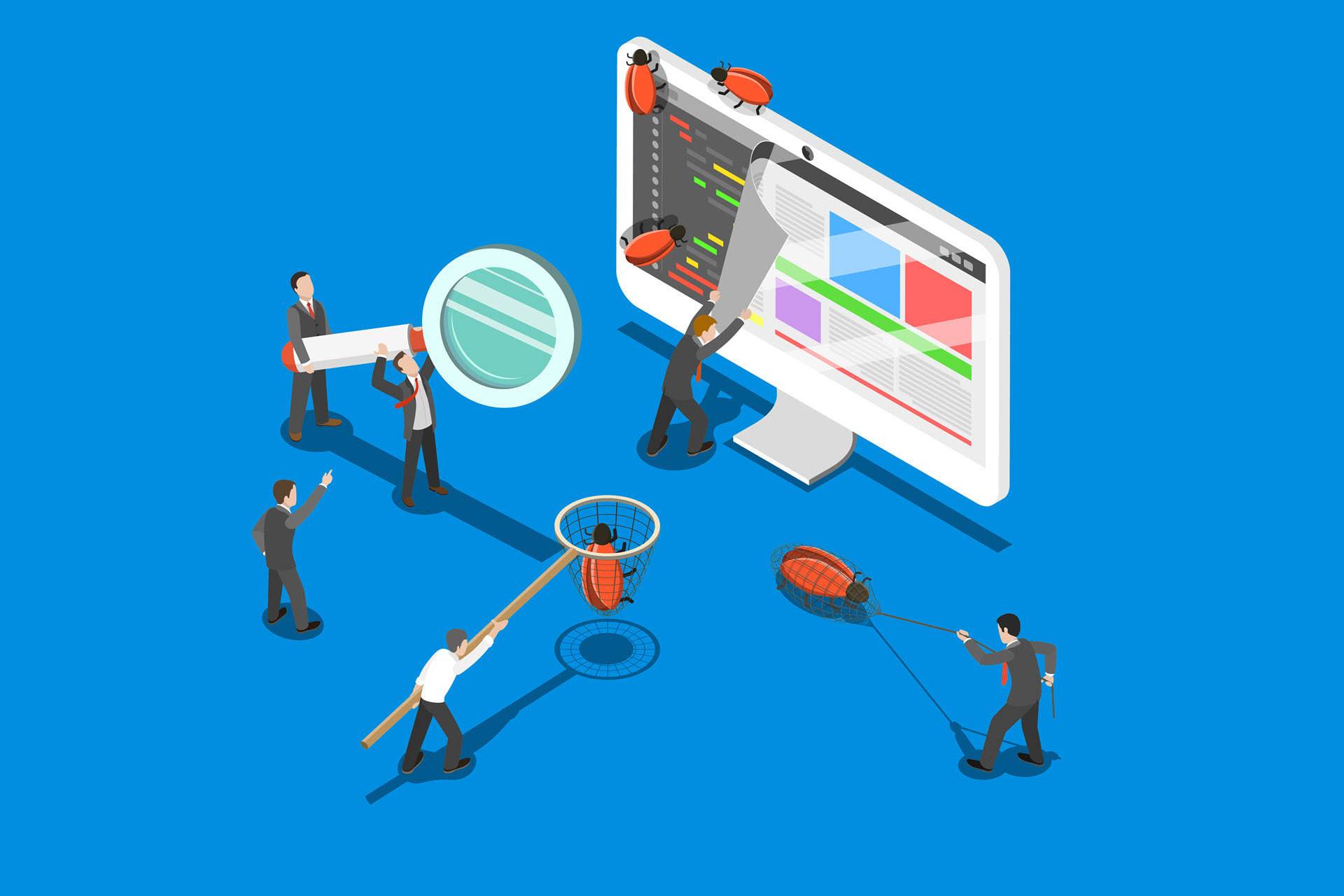Software dependencies and their management are often a nerve-racking part of software development. Dependencies are an essential code component holding the software structure together. Likewise, if any dependency breaks, the whole code becomes unstable.
However, developers and code enthusiasts should tackle software dependencies head-on instead of avoiding the main cause.
This article provides a guideline to demystify software dependencies. We will explain their pivotal role in software development and provide essential information to simplify their management.

What Are Software Dependencies?
A software dependency is when code requires a specific functionality or feature from an external code component. This requirement introduces a dependency on code outside the main software logic. Dependencies create a connection between distinct software elements, exchanging data and functionalities between one another.
Software dependencies are critical to complex, modular, and collaborative software in programming languages. They create a structured framework between software components, resulting in the following key ideas:
- Module relationships. Software dependencies create relationships between components (modules), enabling the existence of complex software. It is a network where one component depends on another to function correctly.
- Task delegation. The connections between components are similar to contract agreements. The software works correctly and smoothly as long as every component fulfills its part. The task delegation aspect of software dependencies is a pivotal feature that brings many benefits to software development.
- Modularity. Individual components execute smaller and more specific tasks and can depend on other components to do the same. The decoupling approach (splitting complex code into smaller logical pieces) boosts software modularity and simplifies management.
- Collaboration. Efficient dependency management is crucial for collaborative software development. It helps ensure contributors easily recreate development environments and integrate code without issues.
These interdependent relationships create a critical and complex network between components, ensuring that software runs smoothly while simplifying software development tasks.
Types of Software Dependencies
Software dependencies can be classified into two categories. Each type serves a specific purpose and contributes to the overall software structure. The sections below explore these two types, their interactions, key contributions, and their impact on software development.
1. Direct Dependencies
Direct dependencies are core frameworks, modules, and libraries the code calls directly to perform some functionality.
These dependencies are visible in the code and help streamline coding tasks. A JavaScript developer lists them in a package.json file. In contrast, a Python developer installs them via a package manager such as PIP and imports them at the beginning of a Python project.
Although direct dependencies offer many benefits, they also have some downsides. The dependency code increases the overall software size, which may impact performance. The impacts are especially noticeable in environments with limited memory, such as embedded applications. Heavy reliance on pre-built components may increase code complexity by masking basic code functionalities and creating vendor lock-in.
The biggest concern, however, is the vulnerability, compatibility, and maintenance issues. Dependencies increase code complexity and make troubleshooting difficult. Introducing dependencies requires version management between different dependencies to avoid compatibility issues. Any security issue in the dependency also introduces vulnerabilities in the dependent code.
2. Transitive Dependencies
Transitive dependencies are the dependencies of direct dependencies.
Libraries, frameworks, and modules also have dependencies. Although a developer using a dependency typically does not use transitive dependencies in their code directly, they are required by the components the developer uses.
Although these dependencies are lower in the dependency tree, they directly affect the project and cause dependency management to become even more complicated than it already is. The biggest concern is that their security issues and other problems may go unnoticed.
To illustrate, if some software directly depends on module A, and A depends on module B, then the project depends on module B due to the transitive property. Installing and using module A requires installing module B, and any vulnerabilities found in module B also means there are vulnerabilities in module A and the software itself.

What Is Software Dependency Management?
Software dependency management involves identifying, tracking, and optimizing the use of external components in software. Dependencies are any external code the software requires to function, such as frameworks, modules, or libraries.
Dependencies are unavoidable and a necessary part of software development. Programs often contain several dependencies, which require additional software maintenance. Managing them improves the following factors:
- Software quality. Dependency management minimizes vulnerabilities and software bugs. Monitoring and maintaining custom or third-party dependencies ensures that software uses the best possible dependencies and versions, thereby making it reliable and secure.
- Programming efficiency. One of the main goals is to avoid reinventing the wheel. Dependencies enable programmers to reuse existing and tested components, which saves time and effort. Also, consistent use of dependency versions simplifies code integration and promotes a collaborative approach to programming.
- Maintainability. Dependency management promotes code organization, which helps avoid conflicts and improves maintainability in the long run. Discovering and fixing bugs is easier with well-managed dependencies.
Dependency management addresses several key issues, including version conflicts, security concerns, and dependency bloat. Developers use various tools and practices to accomplish these tasks efficiently and successfully.
What Happens if Software Dependencies Are Not Well-Managed?
Neglecting dependency management can negatively impact both the software and the development process. It leads to what is commonly known as dependency hell. An uncontrolled dependency environment leads to version conflicts, bugs, performance issues, and endless troubleshooting.
These issues are especially prominent in large projects and platforms. Some examples of platform-specific situations include:
- DLL hell on Microsoft Windows OS.
- RPM hell on RHEL-based distributions of Linux.
- Extension conflicts on classic Mac OS systems.
- JAR hell in JRE (solved by build tools like Apache Maven).
There are several consequences and signs of mismanaged dependencies:
- Version clash. Different parts of the code depend on different versions of the same code, leading to dependency conflicts and version clashes.
- Software performance. Unmanaged dependencies degrade software performance and lead to higher resource consumption. Besides slower load times, they increase software size, resulting in overly complex and large dependency trees.
- Vulnerabilities. Outdated, unused, or unpatched dependencies are often dismissed and ignored. Any vulnerabilities also reflect on the software and create vulnerabilities for a data breach. Untracked dependency sources can lead to dependency confusion, which installs malware instead of the actual dependency.
- Complexity. When dependency relationships are unclear or excessive, debugging becomes troublesome. Such environments make fixing bugs difficult and collaboration impossible.
Dependency management helps avoid all these pitfalls. It helps ensure software is reliable, efficient, secure, and simple to maintain.
How to Manage Software Dependencies?
Dependency management ensures software is functional and runs smoothly, especially in the long run. Although the exact details depend on the project, environment, requirements, and other factors, some general steps apply to every software development situation.
Below are the key steps to take when managing software dependencies.
Identify Dependencies
Before managing dependencies, they first need to be identified and categorized. Organize a comprehensive audit of the project files and the codebase and determine all possible components the code uses to create a foundational list. To create a comprehensive overview, note down all libraries, modules, and frameworks, including their name, versions, and sources. The list should include all direct and transitive dependencies.
To aid this process, use automated dependency mapping tools, package managers, and software composition analysis tools. The tools can scan code, map dependency trees, provide version information, and detect vulnerabilities.
Use a Package Manager
One of the most crucial steps in dependency management is the efficient use of package managers. They handle dependency installation from official repositories and allow stating the exact version during installation. Well-known examples include PIP for Python, Yarn or NPM for Node.js, and Maven for Java.
Apart from installations, package managers also handle dependency updates, which helps quickly address security issues and apply bug fixes. However, always use caution, even when downloading and updating dependencies from official repositories.
Create Virtual Environments and Lockfiles
Virtual environments are separated and self-contained code environments that help achieve application virtualization. Independent environments prevent dependency conflicts and unwanted interactions with the underlying system and other projects using similar dependencies. Virtual environments are also simple to replicate on other systems, which improves collaboration and testing across various environments.
Package managers often feature lockfiles to specify the exact versions for each dependency. Locking dependency versions ensures consistent versions and minimizes integration problems. Developers create predictable environments with minimized conflicts when combining lockfiles with virtual environments.
Check out our comprehensive list of the best CI/CD tools.
Use Best Practices
Dependency management is a continuous maintenance process with constant room for improvement. Embrace the best practices when managing dependencies:
- Review regularly. Perform periodic reviews of existing dependencies to ensure no unnecessary, outdated, or vulnerable components are present.
- Maintain security. When picking out dependencies, choose those that are actively maintained and have a strong security record.
- Keep it minimal. Using fewer dependencies also means fewer security risks and simpler code. Use only essential dependencies.
- Uphold documentation. Update documentation regularly with the current dependency information. Keep track of names, versions, and sources to simplify collaboration and project details.
- Integrate with CI/CD. Add dependency management to the CI/CD pipeline to automate these tasks efficiently and securely.
There are many tools to help manage software dependencies. If you're working with Python and looking for a modern, all-in-one solution, learn more about Python Poetry.
Software Relies on More Than Itself
Never underestimate the power of efficient dependency management. By implementing the knowledge from this guide and the best practices, you can be confident that software remains reliable, secure, and maintainable. Start managing software dependencies today to build quality software. Explore the topic further and see a flexible approach to dependency management called dependency injection.



